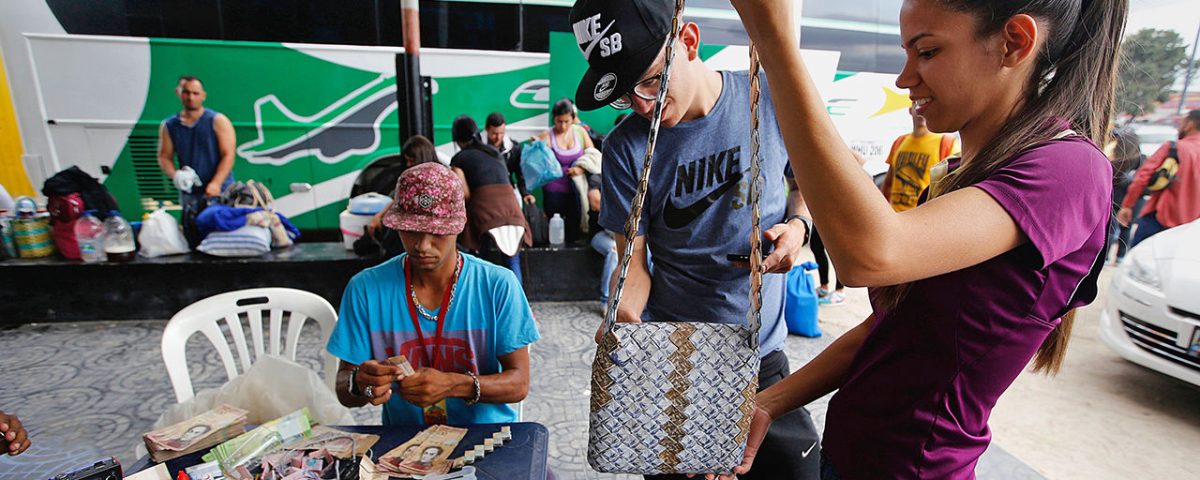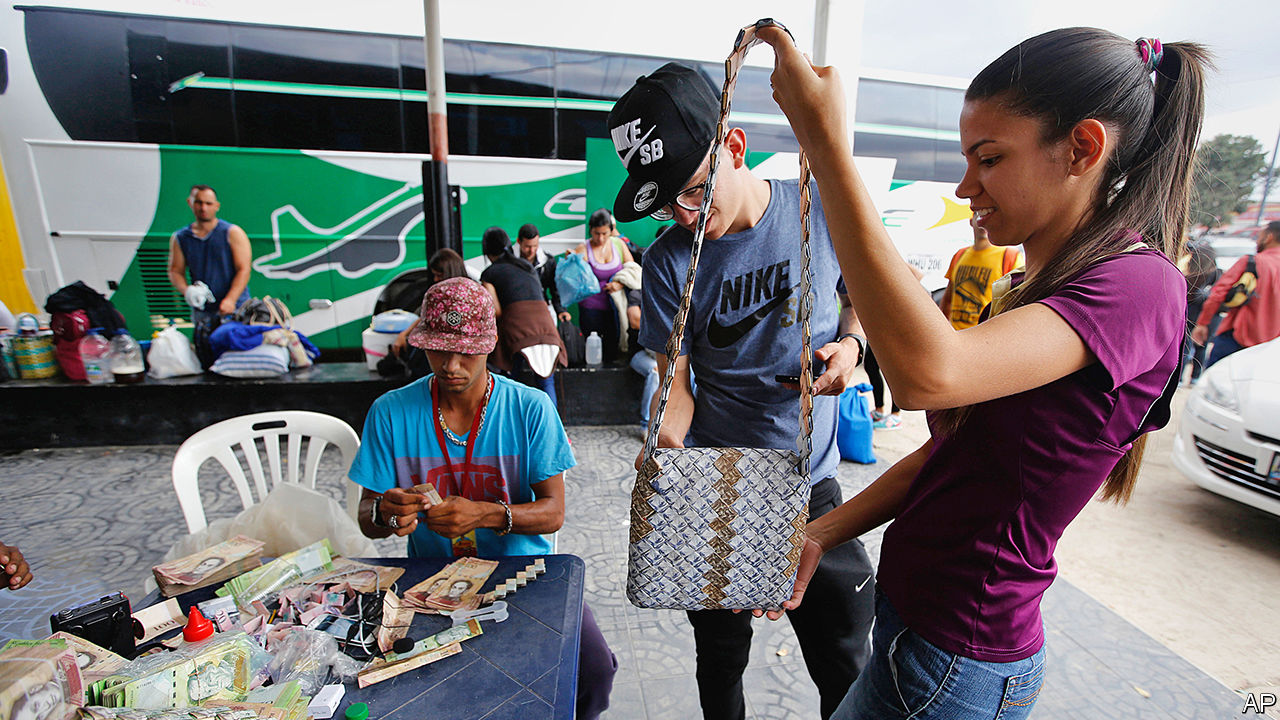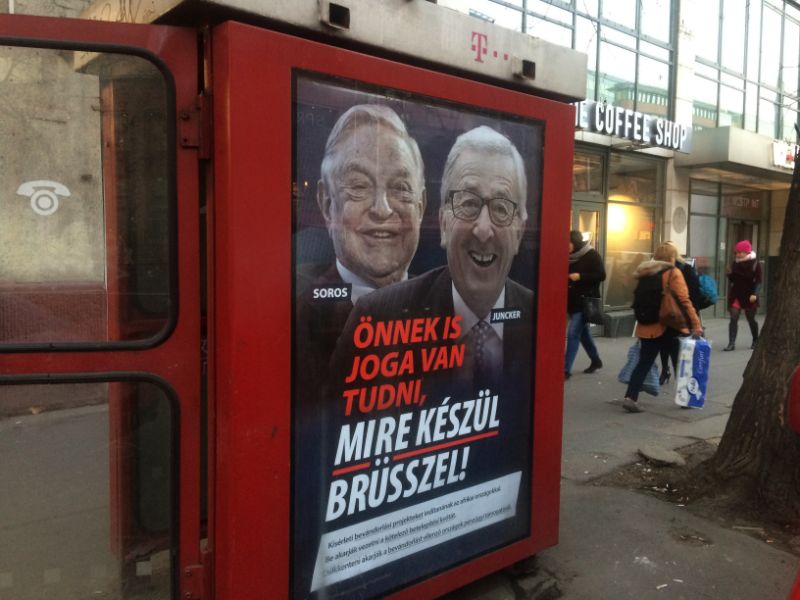VENEZUELAN hawkers on the border with Colombia call it “money art”. The handbags, purses and hats they sell are made from nearly new Venezuelan banknotes and sold as mementos. Payment is in “real money”, meaning Colombian pesos. The handicrafts cost the equivalent of $ 5 or so. The raw material—banknotes in denominations of two, five and even 100 bolívares—are still legal tender in Venezuela. But inflation is so high they are worth more folded up into origami objects than as cash. The free-market exchange rate is about 3.5m bolívares to a dollar.
The worthlessness of Venezuela’s currency is the result of inflation, 46,000% a year, which in turn is largely caused by the printing of money to finance the government’s deficit of 30% of GDP. But there is also a shortage of banknotes. In the looking-glass world of Venezuela’s economy, cash itself trades at a premium to its face value, making it slightly less worthless than…Continue reading
Americas





